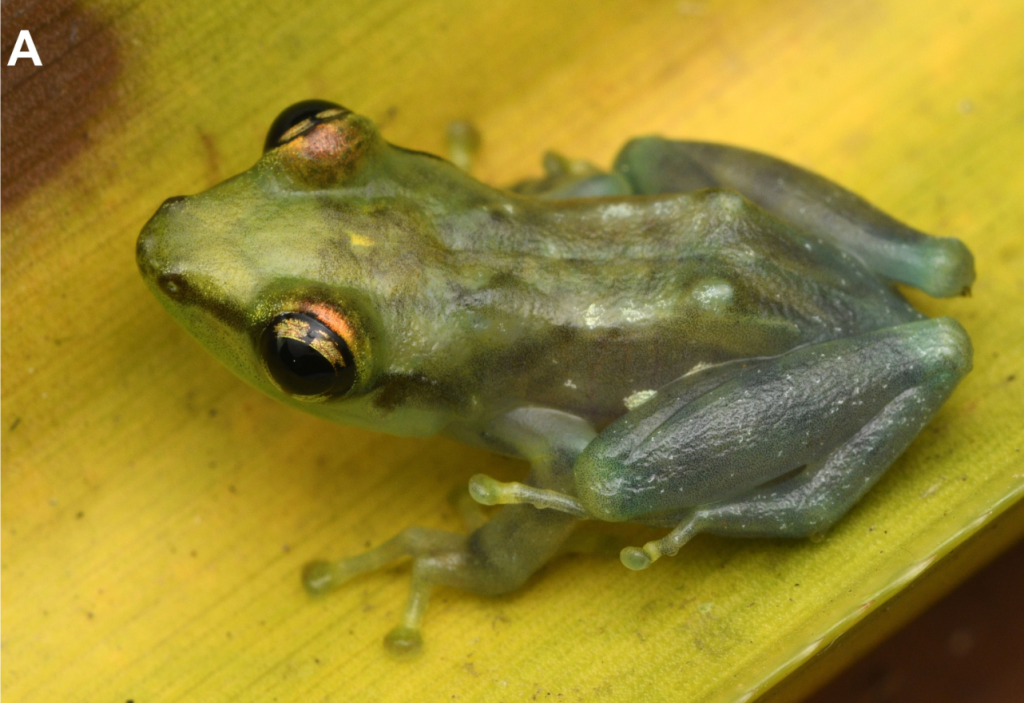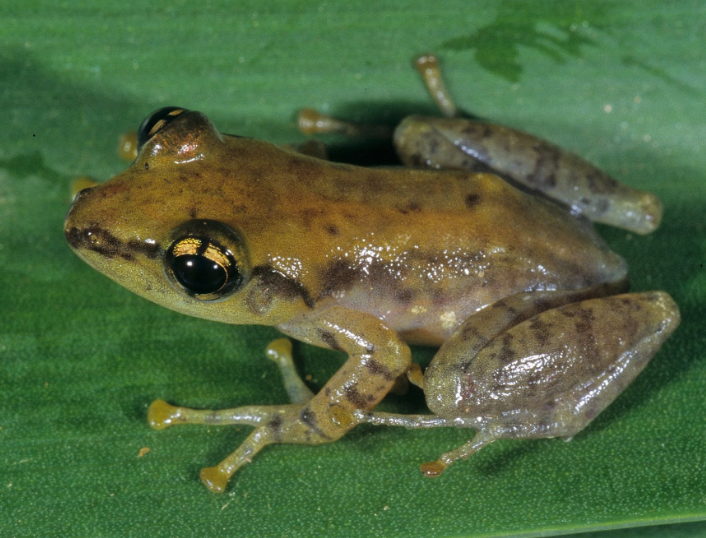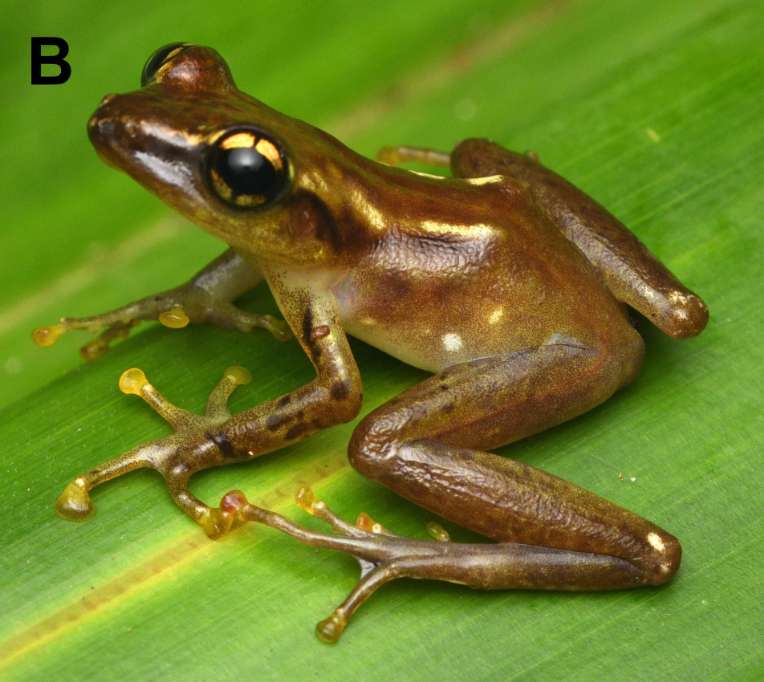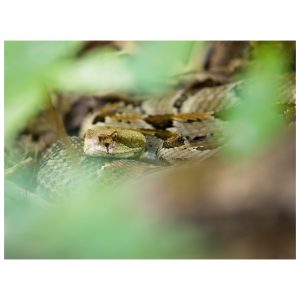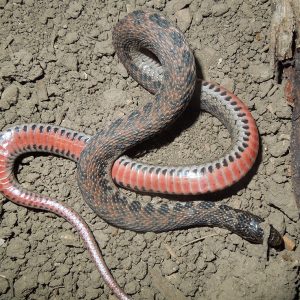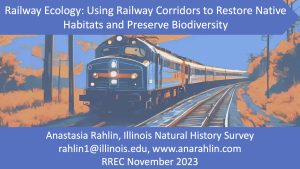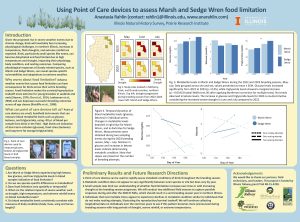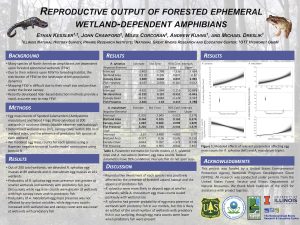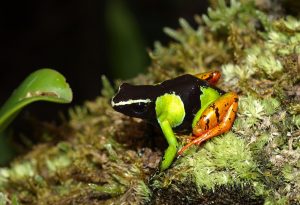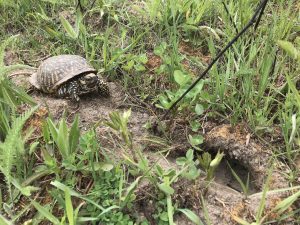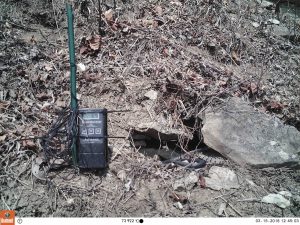
PhD candidate Andrew Jesper has a new paper out today on determining suitable hibernacula for the state threatened Timber Rattlesnake. The initial habitat suitability model was developed based on known hibernacula across the state of Illinois. The model was refined over a series of surveys based on the model and updating the model based on information from the surveys. Habitat suitability models inform land conservation decisions, enabling prioritization of areas most likely to support suitable hibernacula.
ABSTRACT: The dependency on hibernacula for extended periods presents terrestrial reptiles with the challenge of locating thermally adequate hibernacula each winter. Defining the habitat characteristics of hibernacula is crucial for understanding the overwintering requirements and distributions of hibernacula-dependent reptiles, alongside identifying habitats which warrant special conservation concern. Our objectives were to identify the overwintering habitat characteristics of the imperiled timber rattlesnake Crotalus horridus in Illinois, USA, and to determine the distribution of likely hibernacula habitats throughout the state. Due to the initial sparsity of hibernacula records in Illinois, we adopted an iterative habitat suitability modeling process consisting of 3 distinct rounds of Maxent construction and revision. Each round was informed with updated information from model-guided surveys or by building rapport with in-state naturalists and researchers who knew of additional hibernacula locations. We created our final model using 36 hibernacula and identified slope angle (indicative of rock outcrops and shallow soils), topographical position index, forest patch area, and aspect (decomposed into 2 linearized variables: southness and eastness) as important drivers of C. horridus hibernacula habitat in Illinois. Together, the 5 variables and site surveys suggest the suitable overwintering habitat for C. horridus in Illinois is located on south- to southwest-facing outcrops on upper slopes and ridges of larger forest patches. Such habitat is distributed primarily in southern Illinois and throughout the Mississippi River and Illinois River border counties. Our study adds to the current understanding of the species’ overwintering requirements and provides a foundation for future ecological studies, management, and survey efforts throughout Illinois.
Read the full paper in: Jesper, A. C., S.A. Eckert, S.R. Ballard, J.A. Crawford, and M.J. Dreslik. 2024. Distribution and drivers of critical hibernacula for the timber rattlesnake Crotalus horridus in Illinois, USA. Endangered Species Research Volume 53, page 467
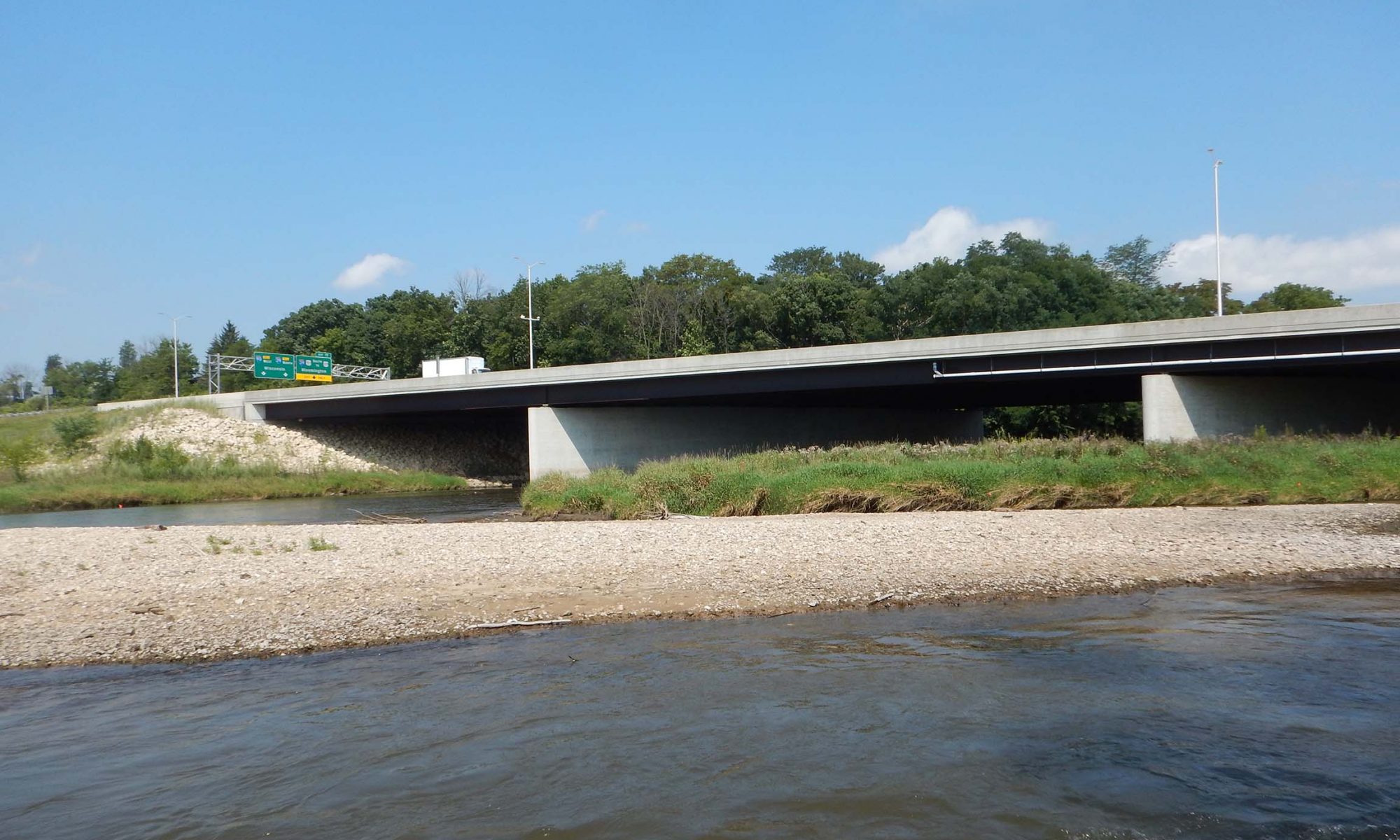
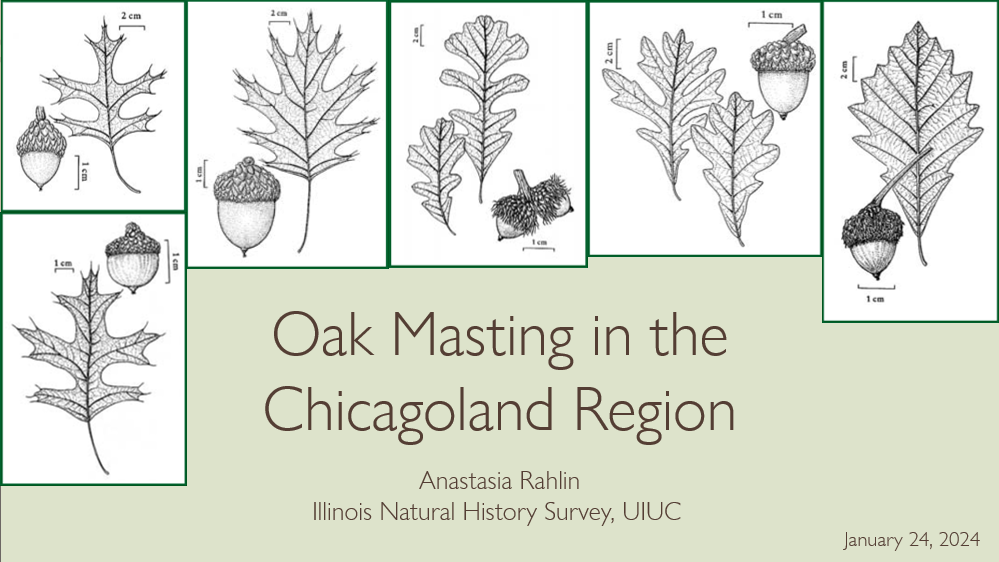 UBAP leader Anastasia Rahlin presented two talks recently.
UBAP leader Anastasia Rahlin presented two talks recently.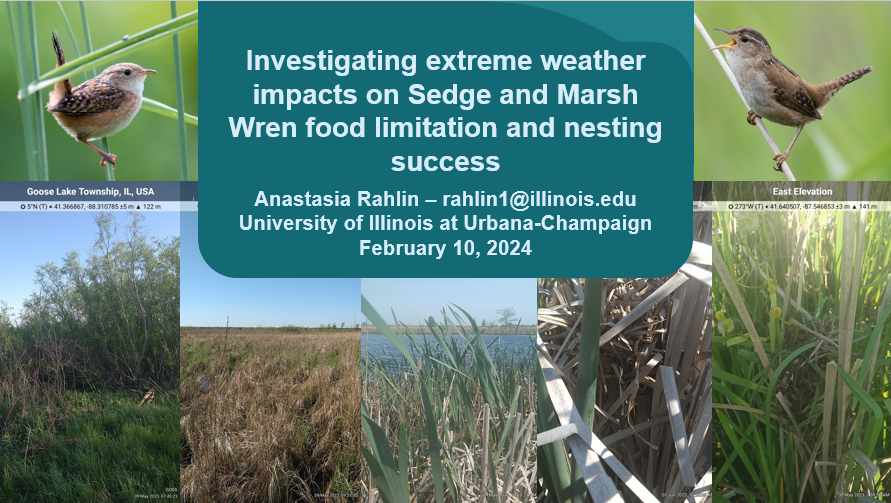 In February, Rahlin presented “Investigating Extreme Weather Impacts on Sedge and Marsh Wren food limitation and nesting success” at the McHenry County Forest Preserve District Research Roundup talk series.
In February, Rahlin presented “Investigating Extreme Weather Impacts on Sedge and Marsh Wren food limitation and nesting success” at the McHenry County Forest Preserve District Research Roundup talk series.